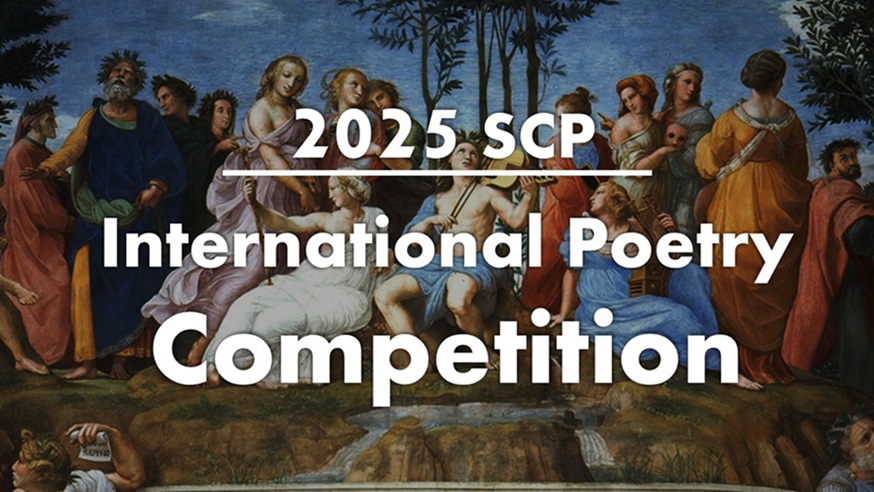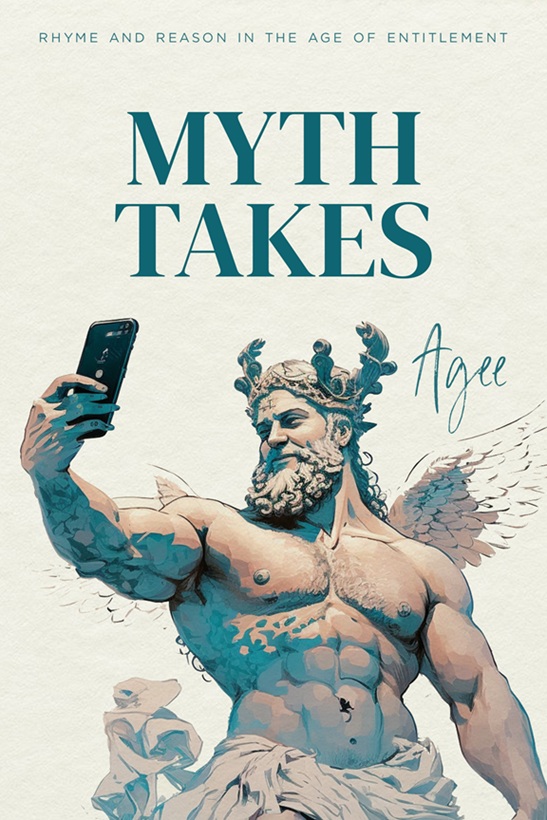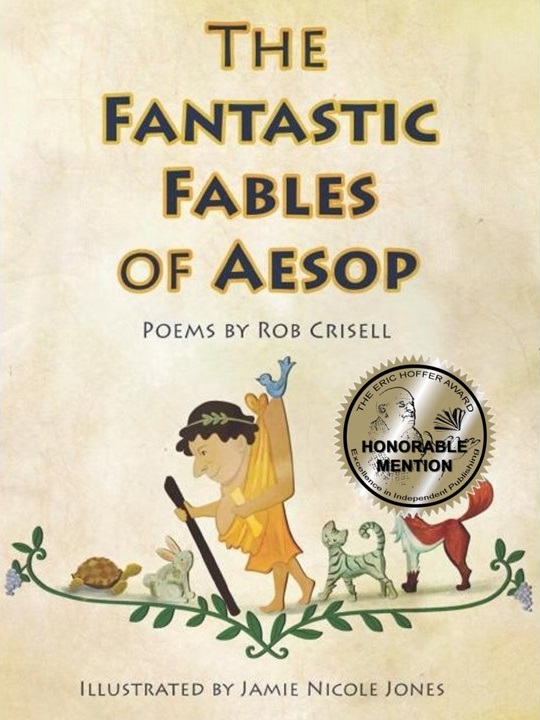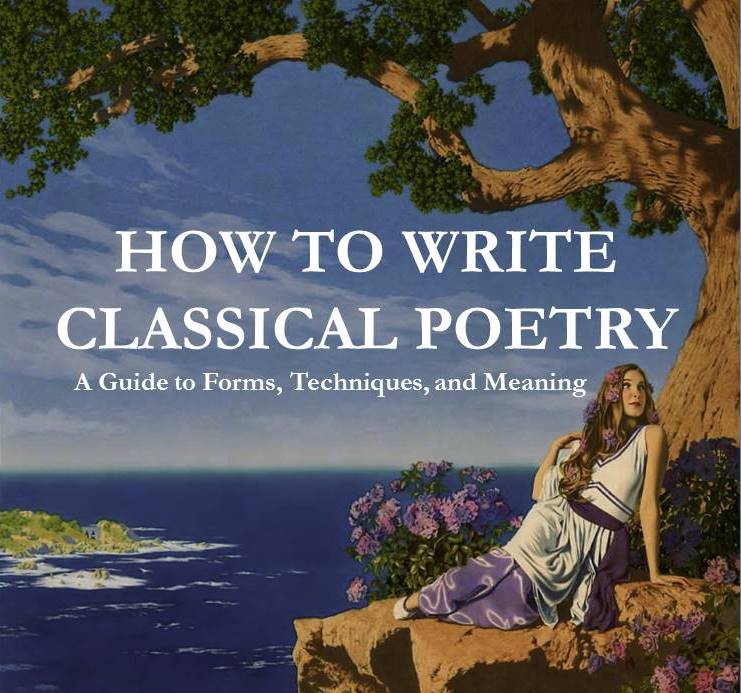.
Snowflakes
Now soft and white the snowflake clusters fall.
The wind picks up and blusters. Millions drift
Like powdered sugar shaken by a baker’s sift,
All the same to the naked eye. A fractal,
However, proves that’s not the case. Each flake
Was once a microscopic hexagon
Of radial arms; then having undergone
A transformation, what you see will make
You gaze in wonder: plates and planes and columns
Of crystal facets; fern-like fronds as delicate
As feathers; needles, pearls of rime; intricate
Designs of icy, geometric blossoms,
No two alike, reflecting the spectrum of light
To give us snow, now falling soft and white.
.
.
Cheryl Corey is a Connecticut poet. She is also an author of short stories, a novella, and recently completed a novel.















Design must have a Designer… great point!
“Wonder”ful topic choice as snowflakes are a thing of wonder.
Thank you, Michael. I wanted to draw attention to the contrast between the superficiality of what we see and that which is unseen. We see the snowflakes, and they’re beautiful, but the underlying structure is another kind of beauty.
Beautiful wintry image, Cheryl.
Thanks, Paul. Although here in CT we’ve had next to nothing for snow (so far).
Nice one, Cheryl. For those wishing to learn more about the man behind much of this:
https://snowflakebentley.com/
No one needs to design each snowflake; the clear and complicated laws of physics, laid out by their sovereign author, more or less guarantees that snowflakes arise in their designated patterns more or less automatically. But don’t you think that you could stare at these exquisite photographs forever without getting bored? Something there is that God loves about a hexagon. Just consider the beehive or the Star of David.
Yes, C.B. I’m something of a nerd-ette, so I enjoyed doing research on the subject.
Thanks for the link regarding Mr. Bentley. I read his bio. That he took some 5K photos shows real dedication. Looking at the pictures took me back to when, as a child, I had one of those kaleidoscopes and never tired of the changing designs. I guess you could say that I find mathematical symmetry appealing.
Cheryl, WOW!! This is an instant favorite. I love everything about this beautiful piece… the deft use of enjambment, the subtle internal rhymes, the exquisite alliteration: “Of crystal facets; fern-like / fronds as delicate / As feathers” is superb. This is a shining linguistic painting that has my every admiration. Well done!
Thank you so much, Susan. I always strive to do my best.
I’ll never look at snow the same way again.
My fave bit: ‘Like powdered sugar shaken by a baker’s sift.’ Magic.
Thanks for the read, Cheryl.
Thanks Paul. I’m glad that you enjoyed it.
This really is exquisite and exceptional, Cheryl. The vocabulary of the poem is deeply satisfying. I’m impressed that you could present a phrase like “microscopic hexagon” and make it sound beautiful.
What’s deeply satisfying for me, Brian, is that you find it so. I always find it interesting to learn how others react, emotionally and intellectually, to the poems I write.
This is beautiful, Cheryl. It really showcases the beauty of a snowflake… a snowflake is beautiful on its own, but this poem enhances it with its images and alliteration, like a frame that adds to an already beautiful picture. Well done!
Thanks, Joshua. I went through about twenty revisions before I was satisfied with what I’d written.
Cheryl, I’m impressed by the frame, that is, the structure of the sonnet. You have three closed quatrains, abba cddc effe, that could be divided into two mirror images (ab + ba) each, making six reflecting elements of the poem. Then the last line of the rhymed couplet reflects the first line of the first quatrain, in effect circularizing the poem. It is not hexagonal in the visual or pattern-poem manner, but your “Snowflakes” certainly has a snowflake-like mathematical symmetry. I too was very fond of kaleidoscopes!